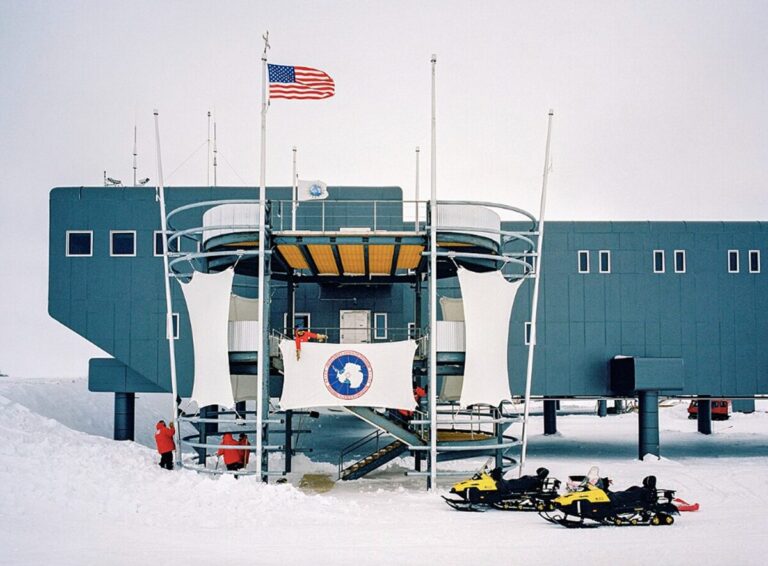Researchers at Argonne National Laboratory have concluded that renewable energy could partially replace diesel fuel to power instruments and provide heat at the South Pole. They have proposed a hybrid solar, wind and energy storage that could reduce diesel consumption by 95% and save approximately $57 million over 15 years, after an initial investment of $9.7 million.
Scientists from Argonne National Laboratory and the U.S. Department of Energy’s (DOE) National Renewable Energy Laboratory (NREL) have investigated the feasibility of using renewable energy to power the Amundsen-Scott South Pole Station in Antarctica.
The facility, where climate change and cosmology studies are conducted, uses only non-renewable energy sources to power instruments and keep scientists warm.
“All energy at the South Pole is currently generated by diesel fuel and a generator,” said Amy Bender, a physicist in the Department of High Energy Physics at Argonne and the corresponding author of the research paper. “We wondered whether it was possible to switch to renewable energy sources. This study is the beginning of an attempt to prove that.”
The new research explores the possibility of solar energy, wind turbine generators, lithium-ion energy storage and long-term energy storage on site in various combinations, with and without existing diesel energy generation.
“We did a detailed analysis of which type of battery works best depending on whether you use solar or wind energy or both for power,” said Sue Babinec, stationary storage program leader at Argonne. “The types of batteries you need for power with renewable energy must not only last for years, they must provide energy for a very long time.”
Image: Argonne National Laboratory
The team concluded that the cheapest system includes three sources of energy generation and lithium-ion energy storage. To provide the 170 kW of energy the station needs, it proposes a hybrid system consisting of 180 kW of solar panels, 570 kW of wind turbines and an energy storage system with 3.4 MWh lithium-ion batteries.
The researchers estimate that this system could reduce diesel consumption by 95% compared to an all-diesel configuration, resulting in an annual avoided carbon footprint of approximately 1,200 tons. Using NREL’s Renewable Energy Integration and Optimization software, the researchers estimated that the system would require an initial investment of $9.7 million. They say the investment would pay for itself in just over two years through fuel cost savings, ultimately saving approximately $57 million over 15 years.
The analysis, Techno-economic analysis of renewable energy generation at the South Polewas published in Renewable and sustainable energy assessments.
“The DOE and universities around the world have been trying to decarbonize our six continents,” he said Ralph Muehleisen, chief building scientist and group manager for Buildings & Industrial Technologies at Argonne, “They’re just starting to reach Antarctica, so for the first time we’re really talking about decarbonizing the world.”
This content is copyrighted and may not be reused. If you would like to collaborate with us and reuse some of our content, please contact: editors@pv-magazine.com.


